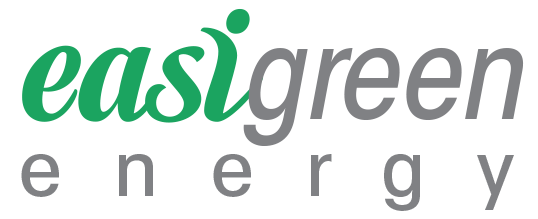Flexible Solar Panels RV
Solar panels have been incorporated into Recreational Vehicles (RV) for quite some time now but when we are talking about rugged, outdoor usage; flexible panels can sometimes be handier. A onetime investment can last you up to twenty years and the solar panels can always be removed and the system can be attached elsewhere if you are changing vehicles during that time period.
Features Of A Flexible Solar Panel
• They are typically aerodynamic although this may also depend upon the manufacturer. Since they are obviously more flexible and pliable they are more heat resistant and efficient and also can adapt to different temperatures with ease and keep up power generation even on rainy days.
• The durability is unlike anything seen before with regard to solar panels as they have been designed to withstand storms and be installed on all kinds of larger vehicles and boats.
• Flexible solar panels typically use monocrystalline solar cells so that maximum power output can be achieved in the least amount of time.
• The great thing about flexible solar panels is that they don’t need a straight surface on which to be installed. They are covered in lamination and can curve to any shape to fit in so that every crevice on your RV can be utilized to its best solar potential.
• The panels are extremely light which means that specialized adhesive would even work to slap this onto the vehicle. They are also however mounted using a variety of other methods. The fact that they can be sewn into specialized fabric just increases their versatility and the fact that they can be used in a variety of places other than just the roof of the RV.
Serious Cons
• Since these panels are so incredibly pliable there is some speculation that they may not be as heat resistant as many companies claim. Extreme heat could cause them to lose shape and to contort which obviously means they can no longer generate any power. When they lose the proper shape dirt and mold can set in further worsening the problem.
• If the flexible solar panel is attached to a roof which is completely flat, it could cause water and dirt accumulation again shutting off the in-built solar cells.
• Due to their soft moldable structure, they are quite prone to scratches and small incidences of damage which may go unnoticed for a long time.
• Since these solar panels are usually found on the roof of the RV as opposed to anywhere else, they can be affected by low hanging branches which can again damage the surface and reduce the efficiency of the panel. The only thing that can cure this is replacement which is very costly once you have already gone through the installation process.
• The flexible solar panels lack the tilting feature which is found in a lot of solar panels which means that once the sun moves to a different direction naturally, these solar panels cannot capitalize on that by moving with it to catch the rays.
